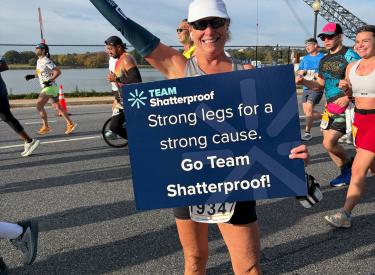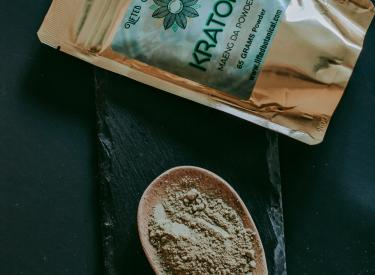
A Playbook for Navigating Sports Injuries
High school and collegiate sports offer so many benefits for the eight million students who participate. They teach invaluable skills such as teamwork, discipline, and a strong work ethic. Sports serve as the main outlet for physical activity and socialization for many young athletes. As much as sports shape character and foster a sense of community, the physical demands can lead to injuries that require surgery.
While it is important for coaches and athletes to focus on prevention strategies, injuries can be an inevitable part of the game. In fact, almost a third of injuries incurred during childhood are sports-related, accounting for more than 3.5 million injuries each year.
When injuries lead to surgery, it can be especially nerve-wracking for both players and parents. We’re partnering with Pacira BioSciences, Inc., to learn more about how to manage sports injuries. Below, we talk more about addressing concerns, avoiding opioids after surgery, and enhancing your athlete’s experience during recovery.
Flag on the Play
Aside from the physical implications, an injury can take a mental toll on your young athlete. A recent study found that injured high school athletes reported increased feelings of depression, anxiety, and a sense of loss. Further, the fear of missing out on games or scholarships can be overwhelming.
As a parent, you may also have concerns about how your child’s pain will be addressed – and if opioids will be a part of recovery. Did you know that 3 out of 10 teens who receive opioid prescriptions before their high school graduation are more likely to misuse opioids in the future? Statistics like this show just how important it is to limit opioid use wherever possible.
Know the Game Plan
Parents should feel empowered to be an active participant in discussions leading up to a child’s surgery. Aside from the risk of addiction, opioids often come with unwanted side effects that can actually hinder recovery, such as nausea, vomiting, and constipation. For children and teens, the side effects can be even more severe, including respiratory depression or very slow breathing.
If you have concerns about your child taking opioids, don’t be afraid to ask what alternatives are available. Your child’s doctor will likely use something called a multimodal pain management approach. This combines multiple types of pain medication in the smallest effective doses, alongside other non-medication methods, to reduce or eliminate the need for opioids. One option that fits into this approach uses long-acting numbing medications that provide relief in the days following surgery, when pain is often at its worst.
The Recovery Playbook
An open dialogue with your child’s doctor should continue throughout recovery. Be sure to report any changing symptoms or persistent pain to your child’s doctor so they can address your concerns as soon as possible. Your child will likely receive a rehabilitation plan that includes physical therapy. Hold them accountable for completing any at-home exercises they are prescribed, but encourage them to strike the right balance between challenging their body and resting.
You may also want to consider some unexpected aspects of recovery such as nutrition. Following surgery, your child may initially have a decreased appetite, but should still consume around 200 calories every few hours in recovery. Stock up on high-calorie, high-protein snacks your child enjoys like Greek yogurt, nut butter, or trail mix both for the hospital and at home.
A sports injury doesn’t have to sideline your child from the game they love. College athlete, Lea, credits a non-opioid pain management option for allowing her to get back on the field after her ACL repair surgery. To hear Lea’s story and learn more about non-opioid alternatives, visit www.yourxfactor.com.




